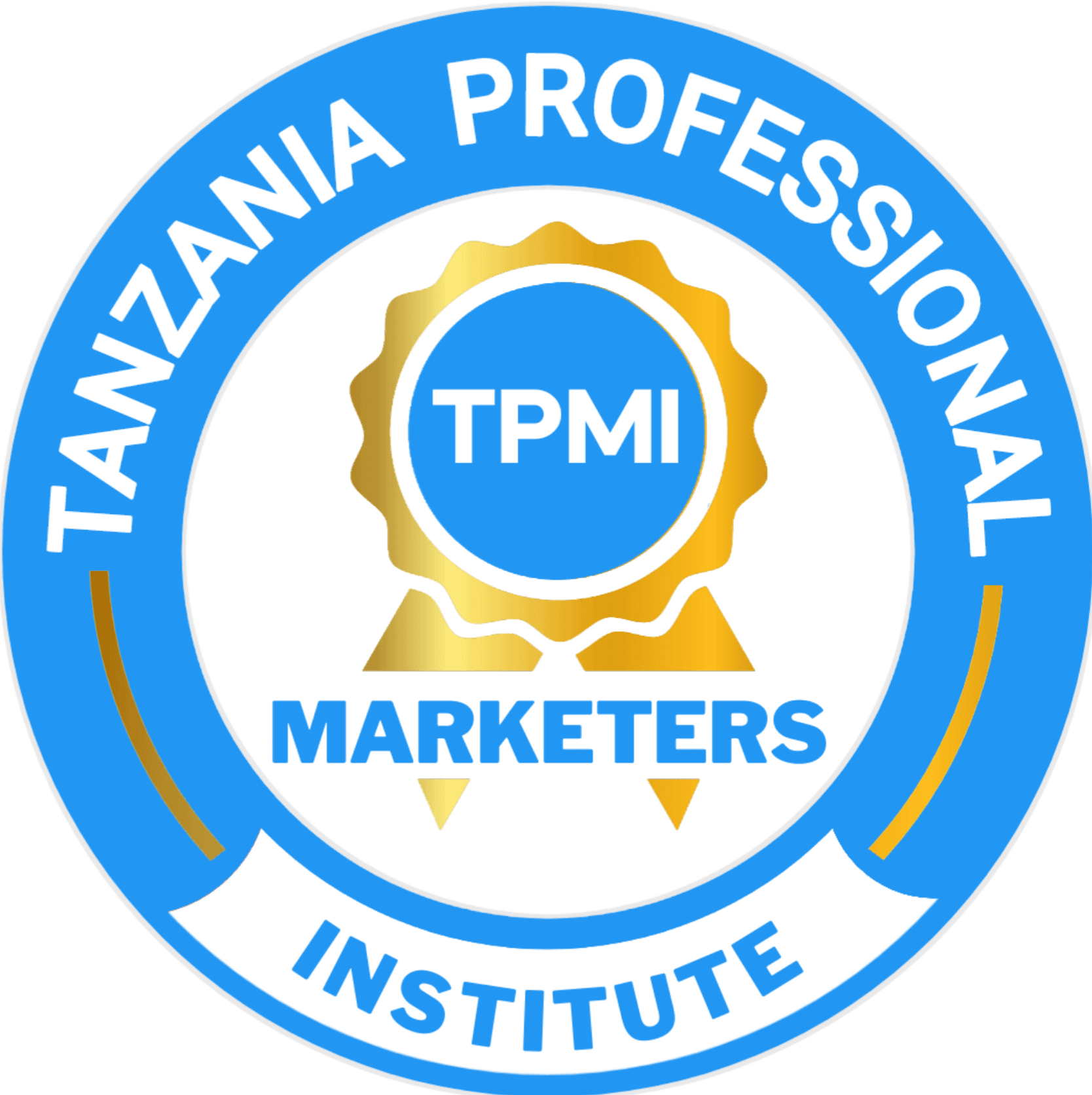Training Overview
This training program is designed to enhance participants’ skills in writing clear, concise, and actionable Monitoring and Evaluation (M&E) reports. It emphasizes the use of data visualization tools and techniques to communicate findings effectively to various stakeholders. The program also provides practical insights into tailoring communication to meet the needs of diverse audiences, ensuring that findings drive informed decision-making.
Training Objectives
By the end of the training, participants will:
- Understand the essential components of an M&E report.
- Learn how to structure M&E reports for clarity and coherence.
- Develop proficiency in using data visualization tools to present findings.
- Gain strategies for communicating findings to different stakeholders effectively.
- Understand how to link findings to actionable recommendations.
Learning Outcomes
Participants will be able to:
- Prepare structured and well-documented M&E reports.
- Visualize data using charts, graphs, and other tools to enhance understanding.
- Communicate complex M&E findings to diverse audiences in an accessible manner.
- Use findings to recommend actionable steps for program improvement.
- Build trust and transparency through effective stakeholder reporting.
Who Should Attend?
- Monitoring and Evaluation Officers and Managers.
- Project Managers and Coordinators.
- Development practitioners from NGOs, government agencies, and private organizations.
- Researchers and data analysts.
- Anyone involved in program evaluation and reporting.
Training Duration
- 3 days (customizable based on organizational needs).
- Training Fee: 600,000TZS (May change based on group size, Location of the training and delivery mode) Fee covers: Training materials (manuals, templates, and toolkits), Refreshments and lunch during training and Certificate of completion
Training Contents
Introduction to M&E Reporting
- Purpose and importance of M&E reports.
- Key principles of effective M&E communication.
Structuring an M&E Report
- Essential components: executive summary, background, methodology, findings, conclusions, and recommendations.
- Tips for writing clear and concise content.
Data Visualization Techniques
- Tools and software for data visualization (e.g., Excel, Power BI, Tableau).
- Best practices for creating impactful charts, graphs, and tables.
Tailoring Communication to Stakeholders
- Identifying audience needs and preferences.
- Communicating technical findings to non-technical audiences.
Linking Findings to Recommendations
- Using evidence to drive actionable insights.
- Presenting recommendations for decision-making and program improvement.
Case Studies and Practical Exercises
- Hands-on activities to develop M&E reports.
- Peer review and feedback on sample reports.
Participants who complete the training will receive a Certificate of Achievement in Writing M&E Reports and Communicating Findings.
